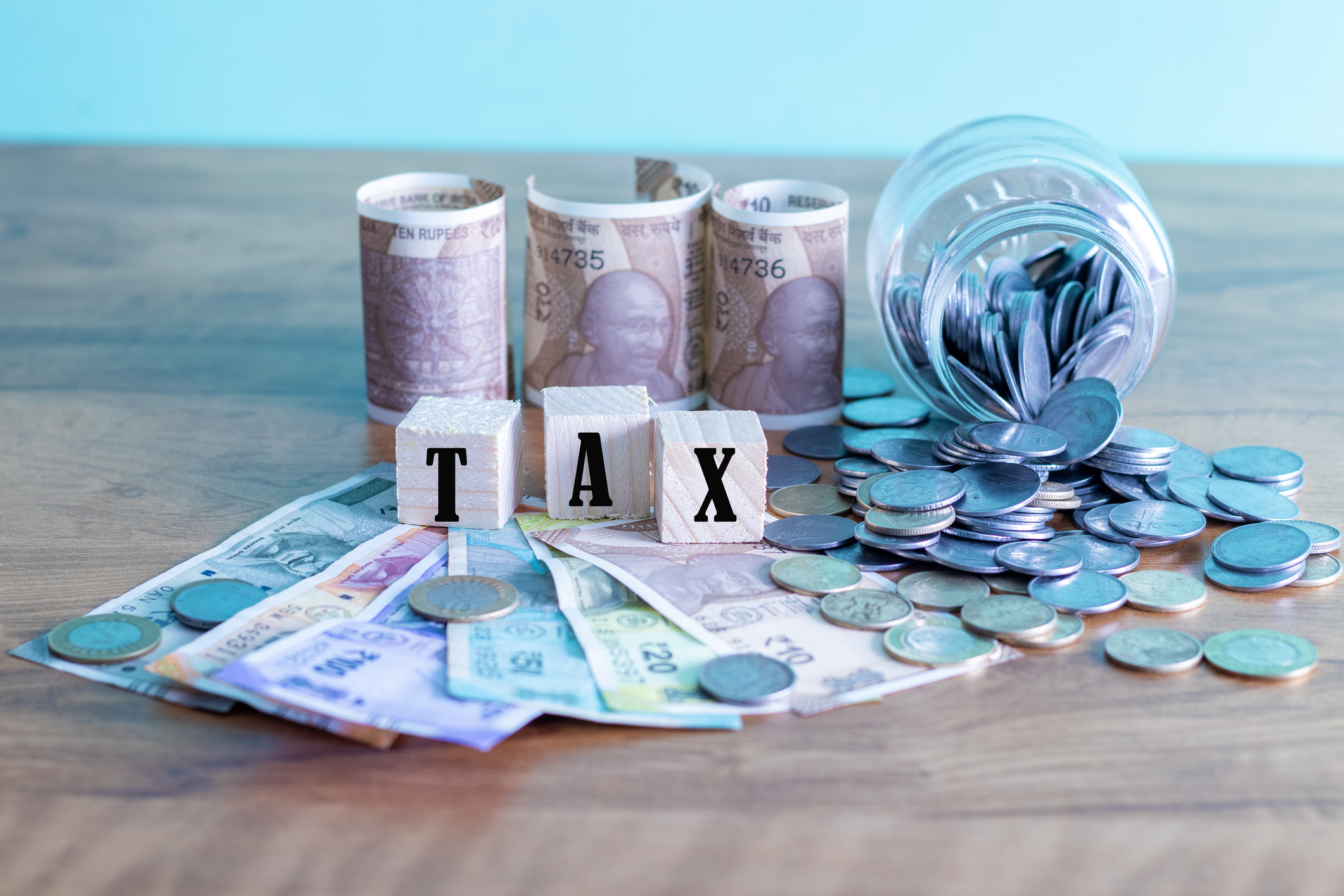Tax Saving Investments in India

Tax-saving investments are pivotal for savvy savers and investors across India in the intricate tapestry of financial planning. The rush to find efficient ways to reduce taxable income intensifies as the fiscal year progresses. Fortunately, India offers a plethora of investment options that not only promise good returns but also offer attractive tax benefits under various sections of the Income Tax Act.
From the security of Public Provident Funds (PPF) and the potential of Equity-Linked Savings Schemes (ELSS) to the stability of Fixed Deposits with tax-saving features, these avenues provide diverse strategies for individuals aiming to optimize their tax situations. Additionally, investing in the National Pension System (NPS) and life insurance policies can contribute significantly to tax efficiency while ensuring financial security in the future.
This guide delves into the most effective tax-saving investment options available in India and outlines how each can fit into your broader financial strategy. Whether you're a seasoned investor or just starting, understanding these options will help you make informed decisions that align with your financial goals and tax planning needs.
Understanding Section 80C and Its Benefits
Section 80C deduction of the Income Tax Act is essential for taxpayers in India aiming to reduce taxable income. It allows deductions of up to ₹1.5 lakh annually for investments in the Public Provident Fund (PPF), Equity Linked Savings Scheme (ELSS), life insurance premiums, and National Savings Certificates (NSC), as well as for expenses like children's education tuition fees. This provision facilitates significant tax savings and promotes savings and investment towards achieving long-term financial stability.
Leveraging Section 80C effectively can blend fiscal responsibility with strategic financial growth, making it a pivotal element of personal financial planning.
Top Tax Saving Instruments to Consider
Essential tax-saving instruments under Section 80C include:
- PPF: Offers risk-free returns and compound interest, which are tax-free.
- ELSS: Provides high returns potential with a lock-in period of three years.
- Fixed Deposits: Secure, predictable returns with a five-year lock-in.
- NPS: Builds retirement savings with additional tax benefits under Section 80CCD(1B).
- Unit Linked Insurance Plans (ULIPs): Combines life insurance plans with market-linked investments.
Equity Linked Savings Scheme (ELSS)
- Equity exposure offers the potential for higher returns.
- The lock-in period is the shortest of three years among tax-saving investments.
- Investments are deductible under Section 80C.
- Provides diversification with a mix of equity stocks.
Public Provident Fund (PPF)
- Government-backed, offering secure investment.
- Attractive tax-free interest rates.
- Eligible for deduction under Section 80C.
- 15-year lock-in period with partial withdrawal options available after 7 years.
National Pension System (NPS)
- Aimed at building retirement savings.
- Contributions are tax-deductible under Section 80C, with additional deductions under 80CCD(1B).
- Offers a choice between fixed income and equity investments.
- Partial withdrawal is allowed under specific conditions.
Tax-Saving Fixed Deposits
- Safe investment with fixed returns.
- The lock-in period of five years.
- Interest is taxable, but the principal qualifies for deduction under Section 80C.
- Suitable for investors seeking low-risk options.
Unit Linked Insurance Plans (ULIPs)
- ULIP plan combines life insurance with investment in equity and debt.
- Potential for high returns depending on market conditions.
- Eligible for tax deductions under Section 80C.
- Offers flexibility to switch between funds.
Comparing Tax-Saving Investment Options
When considering tax-saving investment options in India, it's essential to understand how each option differs in terms of risk, returns, and tax benefits. Here’s a quick comparison:
| Investment Option | Risk Level | Returns | Lock-in Period | Tax Benefits |
| Equity Linked Savings Scheme (ELSS) | High | High (Variable) | 3 years | Deduction under Section 80C |
| Public Provident Fund (PPF) | Low | Moderate | 15 years | Earnings are tax-free; Section 80C |
| National Pension System (NPS) | Varies | Varies | Until retirement | Sec 80C, additional under 80CCD(1B) |
| Tax-Saving Fixed Deposits | Low | Moderate | 5 years | Section 80C, but interest is taxable |
| Unit Linked Insurance Plans (ULIPs) | Moderate to High | Variable | 5 years | Section 80C, earnings potentially tax-free |
This table provides a clear overview of key aspects of each investment, helping you decide which option best fits your financial goals and risk tolerance.
How to Choose the Right Tax-Saving Investment
Selecting the appropriate tax-saving investment requires careful consideration of several key factors to align with your financial goals and circumstances. Here are essential tips to guide your decision:
- Assess Your Risk Tolerance: Match your investment choices with your comfort level regarding risk. Equity-linked options are suitable for higher risk tolerance, whereas fixed-income options are better for risk-averse individuals.
- Consider Your Financial Goals: Determine whether your primary aim is saving for retirement, education, or another long-term goal. Choose investments that support these objectives.
- Look at the Lock-In Period: Understand the time commitment. If you need short-term investments, avoid options with long lock-in periods.
- Evaluate Returns: Analyze the potential returns of each investment. Higher returns often come with higher risks.
- Review Tax Benefits: Ensure that the tax savings meet your needs. Some options offer immediate deductions, while others provide benefits at maturity.
- Consult a Financial Advisor: A professional can offer personalized advice based on your financial situation and help you navigate complex choices.
By considering these factors, you can make a more informed choice that will not only save on taxes but also contribute positively to your overall financial health.
Common Mistakes to Avoid in Tax Planning
Tax planning is crucial for maximizing financial efficiency, but common pitfalls can hinder its effectiveness. Avoiding these mistakes is key to optimizing your tax benefits.
Not Making Adequate Use of Tax Deductions
- Failing to fully understand and utilize all available tax deductions can lead to overpaying taxes. Ensure you're aware of deductions under Sections 80C, 80D, etc.
- Regularly review your financial portfolio and update your knowledge about new tax-saving provisions.
- Consult with a tax professional annually to capture all potential deductions.
Investing with the Sole Purpose of Saving Taxes
- Avoid choosing investments solely based on their tax-saving potential. Consider the returns, risks, and how they fit into your broader financial plan.
- Diversify your investments rather than concentrating on tax-saving instruments that might not offer the best returns.
- Revaluate your investments periodically to ensure they align with your financial goals apart from just tax savings.
Viewing Tax Planning in Isolation
- Tax planning should be integrated with overall financial planning. Ignoring this can lead to imbalanced financial decisions.
- Consider how each tax-saving measure impacts your long-term financial goals.
- Collaborate with financial advisors to ensure that tax strategies complement other financial objectives, such as retirement plans and wealth accumulation.
Each of these pointers addresses a common mistake in tax planning, providing actionable advice to enhance overall financial strategy and tax efficiency.
Frequently Asked Questions about Tax Saving Investments
Do I have to pay taxes on the investments?
Taxes on investments depend on the type of investment and its specific tax treatment. For instance, PPF earnings are exempt, while dividends from mutual funds may be taxable.
What is the maximum limit of investment under Section 80C?
The maximum limit under Section 80C is ₹1.5 lakh per annum. This includes contributions to PPF, ELSS, life insurance premiums, and other qualifying expenses.
What tax exemptions can I get in India?
Tax exemptions in India include Section 80C investments, housing loan interest under Section 24, medical insurance under Section 80D, and education loans under Section 80E, among others.
How can I save more tax on my salary?
To save more tax on salary, utilize Section 80C deductions, invest in NPS under Section 80CCD(1B) for an additional ₹50,000 deduction, claim HRA if applicable, and use medical insurance deductions under Section 80D.
How do I choose between ELSS and PPF for tax savings?
Choose based on your risk tolerance and investment horizon. ELSS offers potentially higher returns with a shorter lock-in period but comes with market risks. In contrast, PPF offers guaranteed returns and tax-free earnings with a longer lock-in period.
Related Articles:
Financial planning in your 40s
AN May 41/25
Popular Searches
- Term Insurance Plan
- Term Insurance Age Limit
- Term Insurance with Maturity Benefit
- Term Plan in your 30s
- Term Plan Benefits
- Zero Cost Term Insurance
- Ideal Coverage Amount for Term Insurance
- Term Insurance Riders
- What is Term Insurance
- Types of Life Insurance
- Term Insurance with Return of Premium
- Group Life Insurance
- Saral Jeevan Bima
- Life Insurance Plans
- Benefits of Life Insurance
- Life insurance vs Health Insurance
- Life Insurance vs Annuity
- Types of Life Insurance
- What is Life Insurance
- Sum Assured
- Endowment Plans
- Health Insurance Plans
- Cancer Insurance
- Child Insurance Plans
- Cash Value Life Insurance
- Savings Plan
- Guaranteed Savings Plan
- Short Term Investment Plans
- Pension Plans in India
- ULIP Plan
- ULIP Meaning
- ULIP and Riders Options
- ULIP Plan Tax Benefit
- ULIP Benefits
- What is Annuity
 :
:  :
: 



